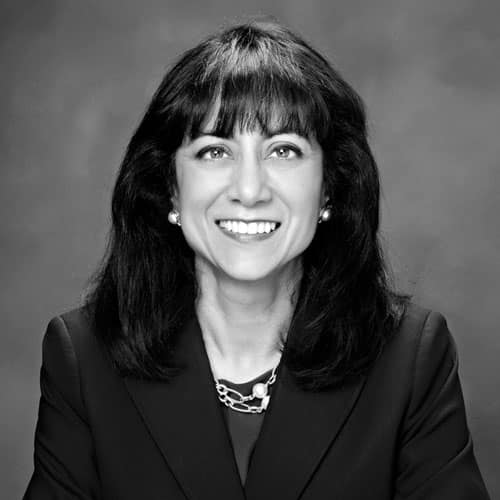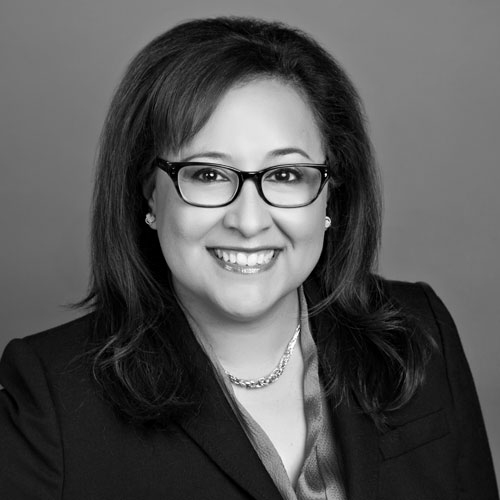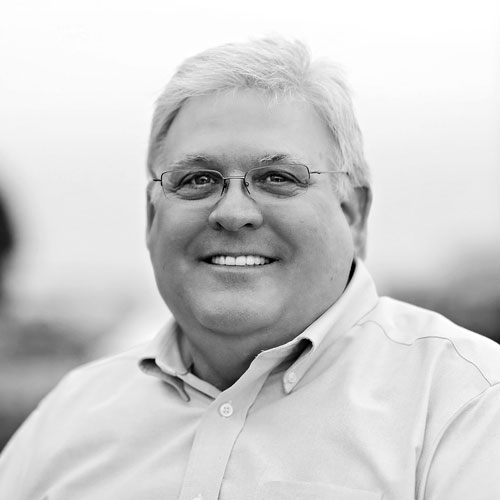Meena Elliott is a lawyer by training, but has since transcended the typical scope of the profession in her career. It all started when she was director and international counsel, responsible for international legal matters at Energizer, the battery company. She had completed her MBA and asked the CEO for advice on how to make the most use of it. “He suggested that I move into brand management. In a consumer goods company, being part of the brand management team is the critical path to moving to a senior executive business leader role,” Elliott says. “That’s the background of a majority of CEOs at consumer goods companies because you learn to manage a profit and loss statement.”

Elliott followed his advice and moved quickly through the ranks at Energizer to become responsible for marketing in South and Central America. Over the years, she sharpened her skills in an array of interdisciplinary functions and roles, ranging from director of marketing and retail operations at XM Satellite Radio during its product launch phase to chief counsel at the US Department of Commerce. Besides the many “hard” skills she acquired along the way, she also found an affinity for some of the “soft” skills of upper level corporate management, including human resources management, while serving as general counsel for the microwave division of Harris Corporation.
In 2007, nine months after joining Harris, the microwave communications division merged with Stratex Networks, its primary competitor in the microwave communications market. “There was a strong business case for merging the two companies because there was very little geographic overlap and many synergies that could be achieved in the supply chain,” Elliott says. However, the toughest challenge was integrating the two companies from a cultural perspective. “Culture is what really helps to determine the success of a company,” she says. “It’s not just the numbers.”
Harris, whose microwave communications division was based in North Carolina, was the more traditional of the two in terms of corporate culture, with set processes and a certain disciplined approach, while Stratex, based in California, was more of a risk taker, according to Elliott. “Because it was not part of a larger corporation, they were a little more agile and could do things a little faster and at a lower cost,” she says. On the other hand, there were certain strengths in Harris’s more conservative approach and stability that came with it. Elliott ventured to take the best of both cultures and merge them into a new, stronger identity.
Elliott describes the merger as stressful and chaotic, with human resources issues compounded by location issues. Although there was a central corporate headquarters, for the first two years, Stratex executives were based primarily in California while Harris executives stayed at their headquarters in North Carolina. “Each set of executives remained on their side of the country, and even though people spoke to each other, no one really understood where the other person was coming from,” Elliott says. “So we had the CEO in North Carolina, while the head of operations was in California.”
Furthermore, the new company was known simply as Harris-Stratex Networks, which created identity issues of its own. “People had the mindset of, ‘At X company this is how we did this,’ and ‘When I was with Y company, this is how we did it’,” she says. “People still identified with which side they came from rather than viewing themselves as being part of one company that was new and completely separate.”
“All we’re concerned about is doing things that are right for the company. We have our own way of performing the necessary legal analysis, and that doesn’t change regardless of where one works.”
About a year into the merger, the CEO came to Elliott for help, having noted that the legal department seemed to be the one part of the organization that had been able to maintain objectivity throughout the merger process. As a result of their conversations, Elliott was placed in charge of change management for the organization and began holding company workshops to try to mend the differences between the two sides. “The legal department has to remain the objective group because the client for the in-house lawyer is the company,” Elliott explains. “All we’re concerned about is doing things that are right for the company. We don’t care which side of the coast anybody is from. We have our own way of performing the necessary legal analysis, and that doesn’t change regardless of where one works.”
The first goal was to get people to understand where the other was coming from, according to Elliott. “The reality is that when people are coming from completely different backgrounds, it’s hard for the other side to see past thinking their way is the better way,” she says. One of Elliott’s primary tactics was to communicate the commonalities rather than the differences. “We may have had different processes for getting things done, but we had to say, ‘Look, we do have one key point in common, which is a culture of integrity and transparency,’” she says.
Elliott’s workshops and internal communication initiatives succeeded, and soon a central corporate headquarters was established in Santa Clara, California, giving staff the opportunity to rub elbows in the hallways and have the sort of informal interaction that builds a common culture. Renaming the company Aviat Networks during the same period cemented the changes and created common ground on a symbolic level. Over time, Elliott found that a shared identity around transparency, integrity, innovation, and agility emerged. The shift trickled down from the tone at the top. Each time there was a success, the message was, “We did this together. This is a success of team Aviat,” she says. Elliott also stemmed the tide of those who insisted there was a right or wrong way of doing something. “Instead we said, ‘This is what we believe at Aviat, this is the way we do it,’” she explains.
Nine years after the merger, the chaotic period of transition has long since been forgotten. Aviat has many successes to celebrate, including being named the number one company in the microwave communications industry by Infonetics, the renowned telecom market research firm. It’s also landed “a huge tier-one account in the US, which is very tough to do in our industry,” says Elliott of the company’s new partnership with a popular consumer brand. “The new CTR product is ramping up,” she reports.
As for Elliott, not surprisingly, she now officially carries global human resource responsibilities for the company. “Long before I had human resources responsibilities, I just sort of got pulled into it,” Elliott says. “Culture is very important to me.”














